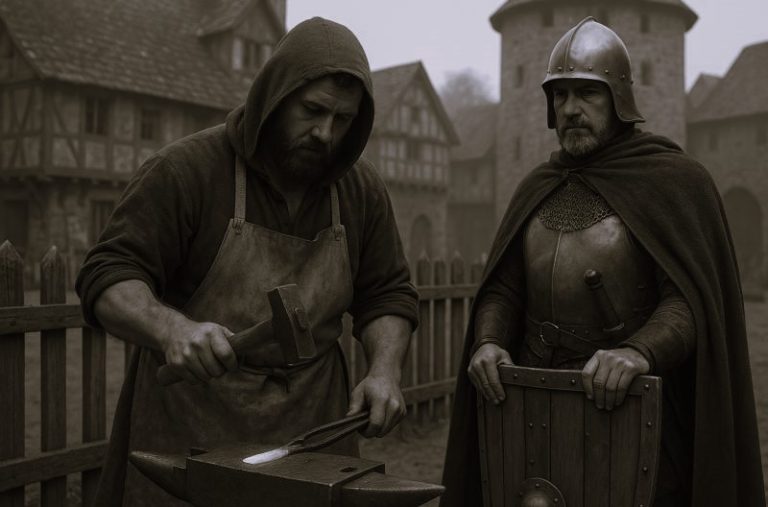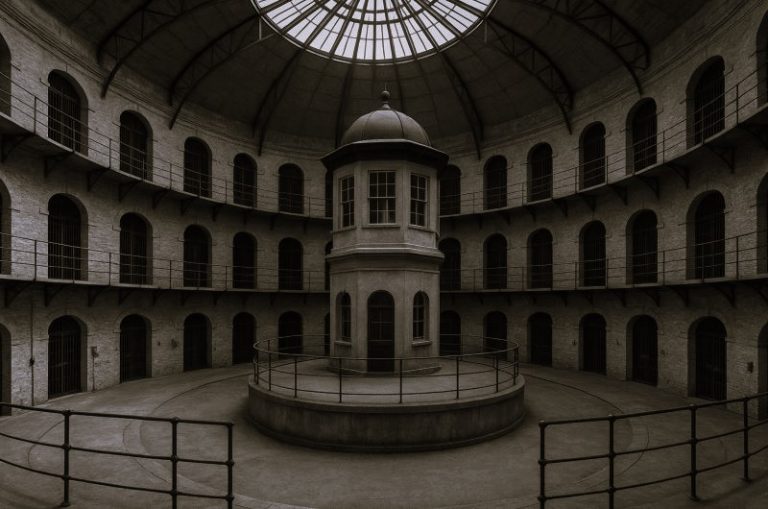
Industries evolve over time and even those, such as our favourite coffee shop, will change. In the US, coffee is a part of American culture alongside blue-jeans and loud music. Although Europeans would argue they had cafe culture nailed for hundreds of years before the US, there is no doubt that Starbucks and similar coffee chains have revolutionised our coffee intake.
For some neighbourhoods, the arrival of the local coffee shop is a sure sign that the area is moving up a level. It is the sign that people have time to stop and chat with an overpriced coffee. It is likely that there are more business professionals in the area and people are passing through and will need a caffeine top up. For other areas, the cafe culture is more relaxed and all about the top up.
The story of cafe culture in the US is tangled through time. Here we offer a potted history of how the beautiful bean became the heartbeat of a nation.
The early days of coffee
Now it is likely that way back in prehistory somebody worked out that adding hot water to soften the coffee bean made a liquid that was stimulating. However, such a simple tale does not make the best folklore, so more complex myths have emerged. For instance, there is the popular tale of the goat herder who discovered the power of the coffee bean when his goats snacked on the fruits of a bush and began galloping around filled with energy.
If you goats start to show super goat capabilities, you are going to want to try that for yourself. Indeed, he did and with similar energised effects. Kaldi, this Ethiopian goat herder, then took his discovery to the local monastery – who made the beans into a beverage. Oddly, consider this is centuries ago, the news of this stimulating drink passed through the continent with great speed. Maybe those goats just didn’t stop running and Kaldi had to follow hot on their heels?
Into the middle ages
Before people thought to turn the bean into our current beverage, people instead thought to use the cherry-like fruit in wines. The coffee bean that we know is the hard core at the centre of a softer fruit; therefore, the berry-like fruit was fermented in a way similar to the grape.
In the 15th century the Arab nations began growing and trading the bean. However, they stripped its pulp exterior and chose to roast and then brew the harder corre into a beverage. From this our modern understanding of the coffee shop began to emerge – as public coffee houses sprang up in all sorts of places. The coffee shop became the place to exchange information – and quickly replaced wine and beer as the drink of choice. It is likely that people quickly realised that their day continued much better with coffee and that alcohol scuppered their productivity a little.
By the 1600s, the coffee shop was the go-to place for intellectuals. In London alone there were over 300 coffee shops filled with artists, writers, politicians and the great thinkers of the time.
The beginning of US domination
The history of coffee could be said to mimic the history of the world. Over the years, different parts of the world have dominated. First, there were the early populations, then the empires of Europe and then onto the superpowers of the US.
Coffee was introduced to the New World by the Brits in the 17th century. As in London, coffee houses were massively popular. The real revolution from tea to coffee happened with the Boston Tea Party and the revolt against King George III. No longer would the Americans be limited as colonists in the world.
The Dutch who secured seedlings then started to cultivate plants for the first time outside of Arabia. Coffee plants were then planted across the world.
Coffee overtakes the world

From its early beginnings with a goat herder, by the 18th Century coffee has become one of the most profitable commodities in the world. It was traded across the globe and in the US businessmen were making huge money across America. For instance in 1864, Pittsburgh brothers John and Charles Arbuckle began selling pre-roasted coffee and got rich selling it to cowboys in the West. Folger made money from the gold miners in California and other brands such as Maxwell House and hills brothers tried to compete for this market too.
Instant coffee emerged post world war 2 and the first Starbucks opened in Seattle in 1971 and quickly spread across the globe from there.
Now and into the future
The coffee sector is only getting stronger over time There are now many coffee shop chains across the world. While these brands seem to have global domination, there is also a move towards free trade and the trend towards independently owned coffee shops. Cafe culture has been caught up in ethical and sustainable trading practice and will need to evolve yet again to fit into this new world.







